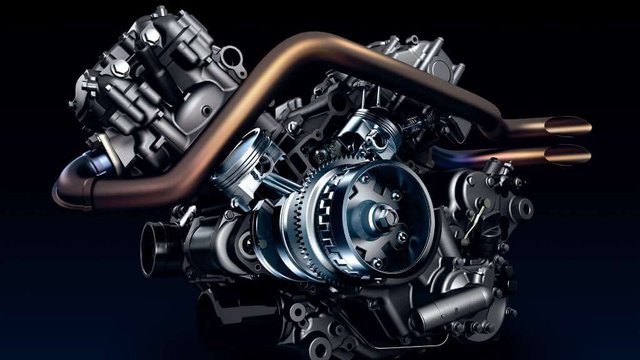
So to fill your radiator reservoir simply unscrew the cap on top. You can pour fluid inside until you see the fluid level rise to between the minimum and maximum lines on the side of the reservoir. As we saw this radiator and the reservoir both have enough fluid in there, so now we'll replace the cap. So when replacing the cap take note of the notches or the tabs that are on the cap and line them up with the corresponding notches that are on the top of the radiator. Once they are lined up you need to push down on the radiator cap and turn in a clockwise fashion. The handles or the little knobs on the side of the radiator cap should line up with the radiator and the cap should be secure and tight. Another thing you want to check when checking your radiator are the hoses that feed the coolant from the radiator into the engine. So there are two hoses on your radiator; one connects to the top of the radiator and one is at the bottom. So you want to visually inspect your hoses and check where the clamps clamp to the radiator and to the engine and assure that they are secure, that there are no leaks and that the radiator hose itself is not cracked. You can see the other radiator hose is here, it leads down to the bottom of the radiator and here to the back of the engine and also make a visual check of that hose. So if your radiator hoses are cracked or if there's excess leaking around where they clamp onto the radiator or the engine, the hose and or the clamp may also need to be replaced. Did you know? STAG Data Recorder is intended for recording STAG (STAG-300 plus, STAG-300 premium, STAG-4 and STAG 200) operation parameters in LPG/CNG systems ...
I follow you, I hope for your reciprocity
Downvoting a post can decrease pending rewards and make it less visible. Common reasons:
Submit